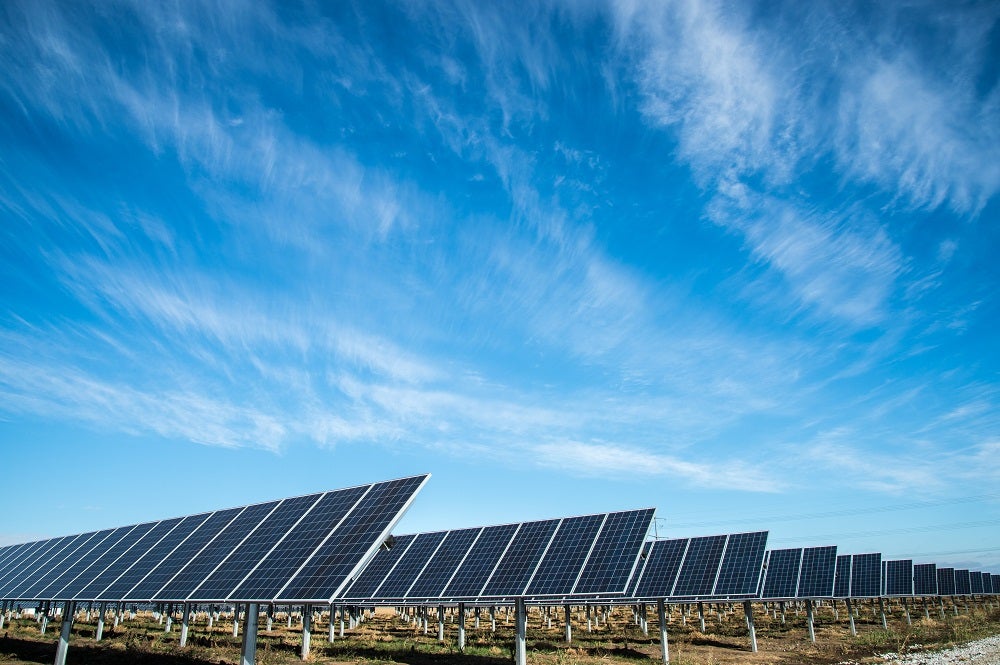
Global renewable power capacity is set to grow by 50% in the next five years, driven by cost reductions and governmental policy efforts, according to the International Energy Agency (IEA).
A new report reveals an extra 1,200 GW of renewable capacity – equivalent to the current total power capacity of the US – will be added to worldwide power infrastructure by 2024.
This would take the share of renewables in global power generation up to 30% over the same period, compared to its current level of 26%.
IEA executive director Dr Fatih Birol said: “Renewables are already the world’s second-largest source of electricity, but their deployment still needs to accelerate if we are to achieve long-term climate, air quality and energy access goals.”
The optimism around this surge in renewable capacity comes despite capacity additions having stalled last year for the first time in almost 20 years, and the IEA cautions that the anticipated expansion remains “well below” what is required to meet global sustainable energy targets.
IEA says solar power will drive global renewable energy capacity growth
Around 60% of the growth in renewables is expected to be accounted for by improvements to solar photovoltaic (PV) capacity.
Recent data from business intelligence firm GlobalData reveals that global capacity for solar PV is expected to increase to 1,582.9 GW by 2030 – almost three times its current level.
The US and China will continue to dominate the solar market, but nations like India, Japan and Germany are also expected to contribute significantly to new projects.
The IEA says commercial and industrial applications will largely drive the boom in demand for new solar capacity, rather than residential uses, as a result of economies of scale and the “better alignment of PV supply and electricity demand”.
Birol added: “As costs continue to fall, we have a growing incentive to ramp up the deployment of solar PV.
“Distributed PV’s potential is breath-taking, but its development needs to be well managed to balance the different interests of PV system owners, other consumers and energy and distribution companies.
“The IEA is ready to advise governments on what is needed to take full advantage of this rapidly emerging technology without jeopardising electricity security.”
The report identifies risks associated with expanding the global potential of solar PV, highlighting the importance of policy and tariff reforms to ensure sustainable development.
If growth is left unmanaged by policymakers, the IEA says disruption could be caused by rising costs, grid integration of renewables and lower revenues for network operators.






